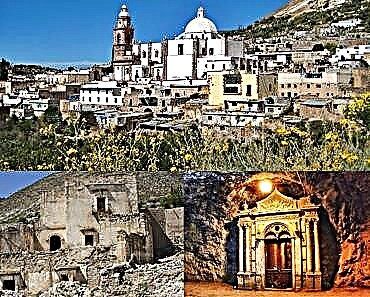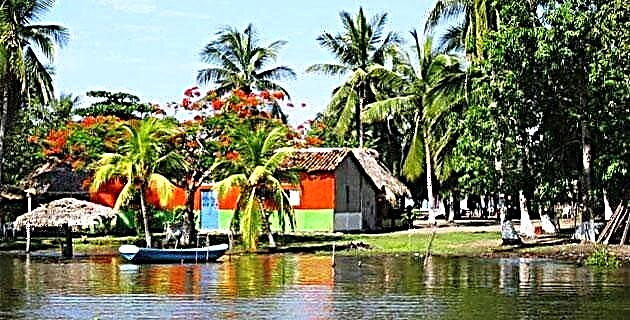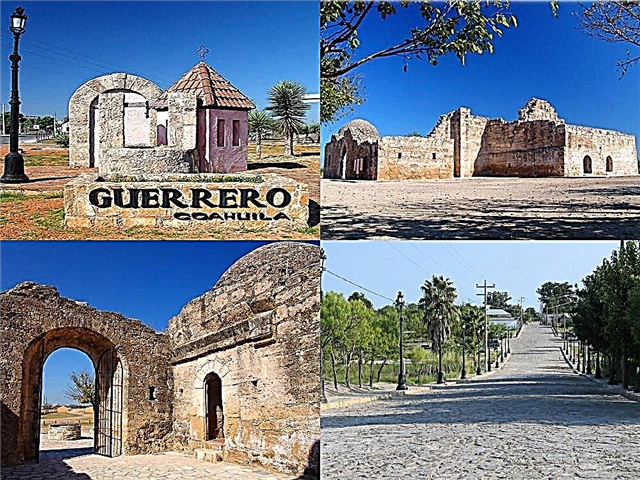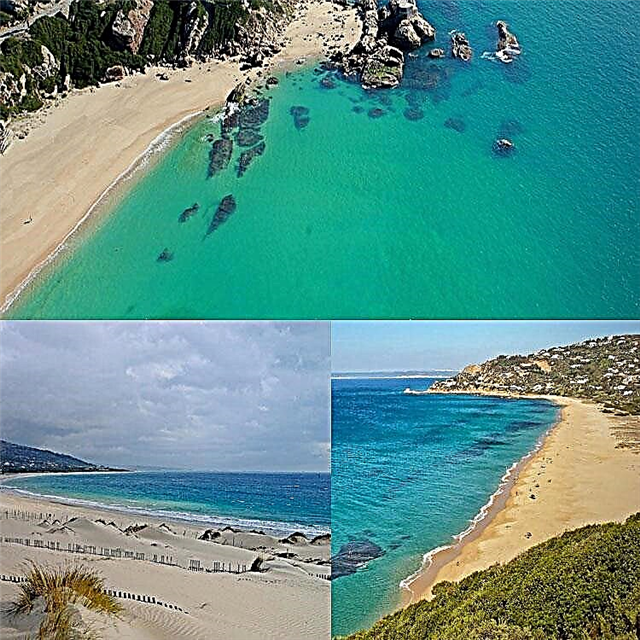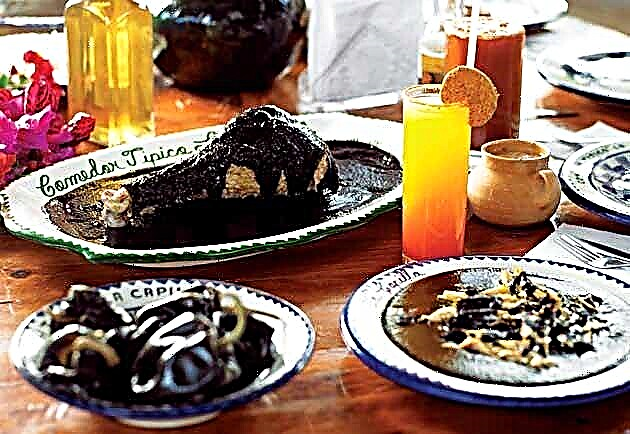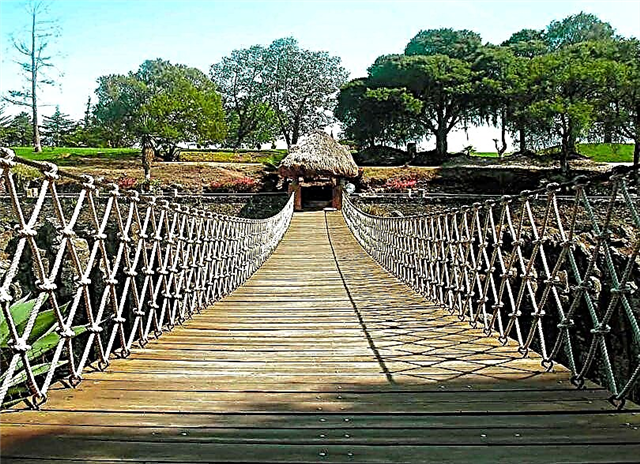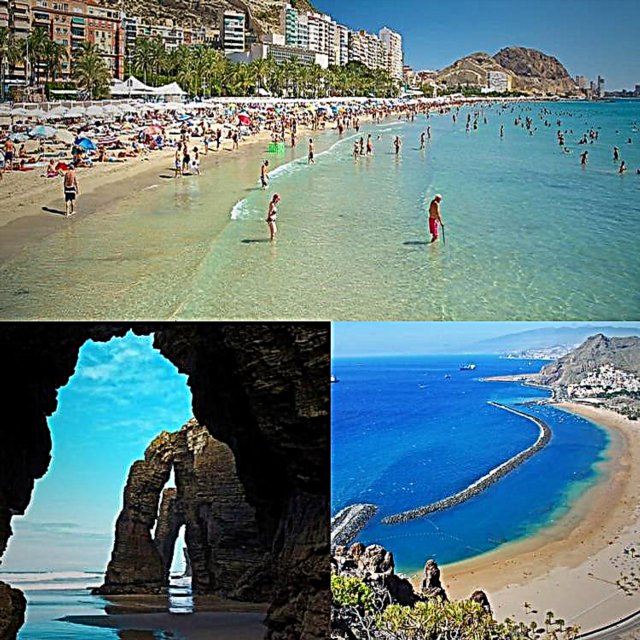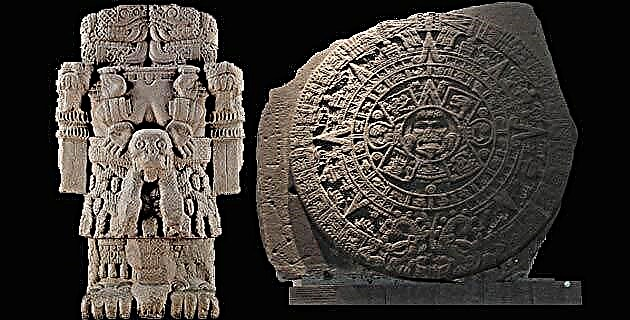
The city of Mexico-Tenochtitlan was renewed day by day. Its grandiose and solemn appearance was the responsibility of the supreme ruler, the tlatoani, who had to ensure that the city founded in Tenoch times became the worthy center of the universe, the delightful house of the gods.
Great was the effort made by the builders of this indigenous capital, since all the materials for its construction had to be transported from the shores of the lake complex and even from more distant regions. The workers had been ordered to find in the mountainous foothills of the eastern slopes of Lake Texcoco, or in the southern crags, where the Chinamper peoples lived, a rock suitable for the carving of a monumental sculpture of the 12-Reed goddess, in whose representation the Mother Earth, patron of life and death, in charge of sustaining the balance of the universe with the blood of gods and men.
The location of the stone was not an easy task, since it was thought of a large image, calculated in sequences of arms and hands, according to the indigenous measurement system. In addition, the rock had to be compact and without streaks that would preclude dangerous fractures during its transfer to the workshop, or worse, when the stonemasons had already advanced in their work. They preferred then volcanic stones as the andesite and basalt, that is, hard, compact and resistant rocks, which could be carved and polished with great vigor and which also had a homogeneous texture.
The specialists in locating the appropriate quarry returned to the city and communicated to their master that they had found a specimen in excellent condition, and to that place, located on the edge of Texcoco, the quarries were moved. First they had to remove a large piece of the bedrock, for which they excavated several cavities, following a rectangular pattern, which they later filled with wooden wedges on which they poured boiling water, causing the material to swell until, then of a great noise, the separation of the enormous block took place.
Immediately, the whole group of workers with their chisels, axes and hammers made with diorites and nephrites, hard and compact rocks, they roughened the great rock, until it gave an appearance similar to a gigantic rectangular prism. So then, it was decided to drag the monolith to the site where the famous sculptors of Tenochtitlan worked; To do this, the carpenters had cut enough logs, from which they had removed the bark and small branches so that the rock could roll over them with ease. In this way, and with the help of ropes, those people carried the block to the road that communicated Tenochtitlan with the southern region of the lake basin.
In each of the small towns through which the monolith was dragged, people momentarily stopped their work to admire the titanic effort carried out by the diligent workers. Finally, the monolith was taken to the heart of the city, where the sculptors began their work in a space near Moctezuma's palace.
The priests, with the help of the tlacuilos, they designed the image of the earth goddess; his appearance had to be brutal and shocking. The relentless force of the serpent's power had to unite with the female body of the deity Cihuacóatl, the "snake woman": from his neck and from his hands the heads of reptiles would come out and he would wear a necklace of severed hands and human hearts, with a breastplate made up of a skull with bulging eyes; her skirt, of interwoven serpents, would give her her other identity: Coatlicue.
Those in charge of the carving threw themselves into the hard task, and with chisels and axes of various sizes they worked the rock to the final finish. In this phase they already used sand and volcanic ash to achieve a homogeneous polish. Finally, the painters covered the image of the goddess with red, the distinctive color that evoked the life-giving liquid with which the gods were fed, to give continuity to the life cycle of the universe.
The process of making one of the best known monoliths of the Aztec culture, the Stone of the Sun or Aztec Calendar, a basalt stone disc of 3.60 meters in diameter and 122 centimeters thick and weighing more than 24 tons. It was discovered in the year of 1790 on one side of the Main Square, in Mexico City.
Source: Passages of History No. 1 The kingdom of Moctezuma / August 2000
Aztec calendarcoatlicueMoctezumaPiedra del SoltenochtitlantexcocoEditor of mexicodesconocido.com, specialized tourist guide and expert in Mexican culture. Love maps!

